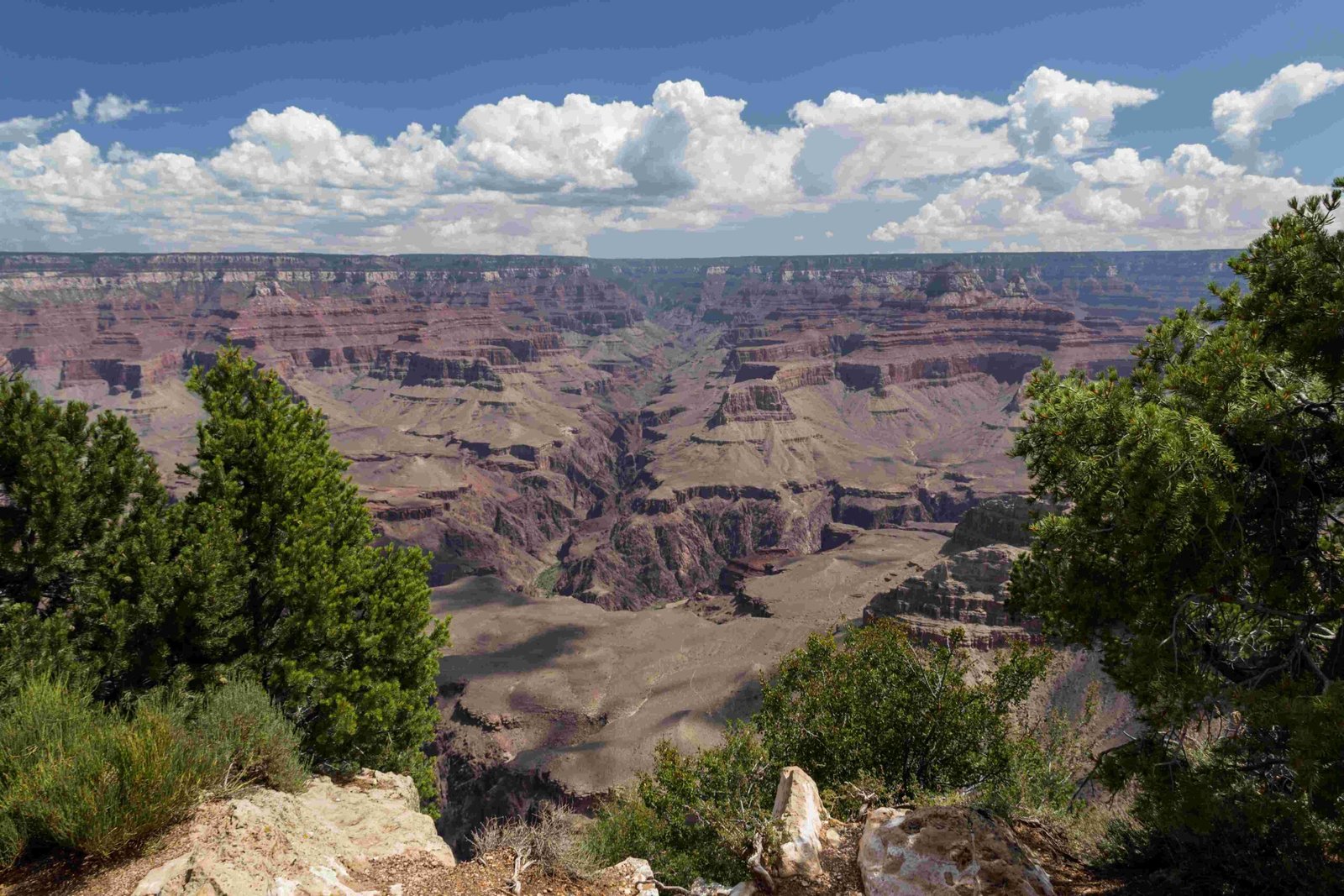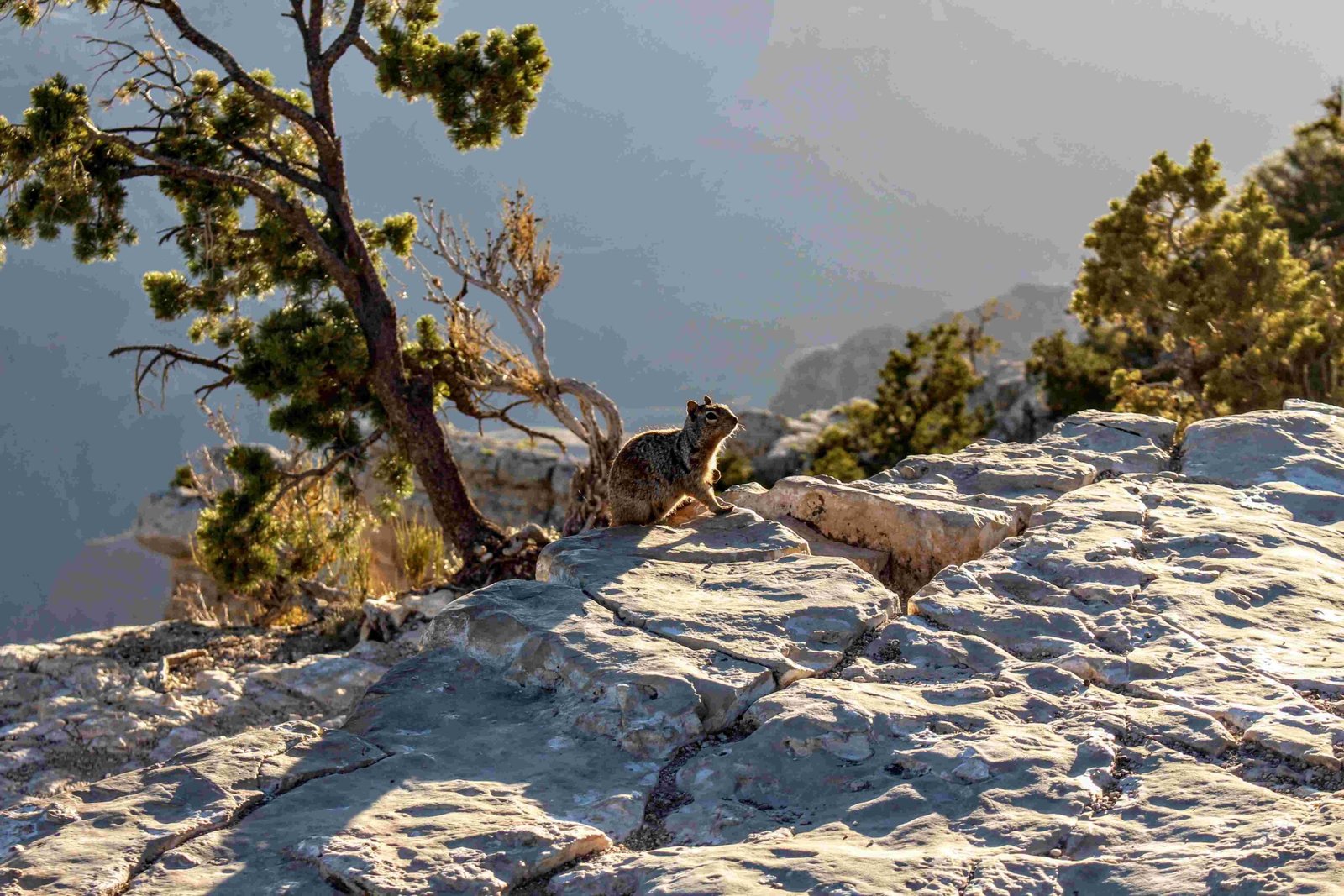The Grand Canyon gold conspiracy centers on a sensational 1909 Arizona Gazette article alleging an extraordinary archaeological discovery of massive cave systems containing ancient artifacts, potential Egyptian connections, and hidden treasures. This controversial narrative suggests a sophisticated civilization existed within the Grand Canyon’s remote regions, with claims of government suppression and mysterious archaeological evidence that challenges conventional historical understanding.
What Sparked the Grand Canyon Gold Conspiracy?

The conspiracy originated from a single newspaper article published on April 5, 1909, which described an alleged exploration by G.E. Kincaid and a purported Smithsonian scientist named S.A. Jordan. The article claimed they discovered:
- Extensive underground cave networks
- Hieroglyphic inscriptions
- Mummified remains
- Potential evidence of Oriental or Egyptian migration
Who Were the Key Figures in the Conspiracy?
| Name | Role | Claimed Contribution |
|---|---|---|
| G.E. Kincaid | Explorer | Discovered mysterious cave system |
| S.A. Jordan | Alleged Smithsonian Scientist | Documented archaeological findings |
| Smithsonian Institution | Official Research Organization | Denied all claims |
Why Do Conspiracy Theorists Believe in Hidden Gold?

Conspiracy theorists argue that the Grand Canyon contains:
- Suppressed Archaeological Evidence
- Potential ancient civilization remnants
- Undiscovered historical artifacts
-
Possible gold deposits
-
Government Cover-Up Theories
- Deliberate information suppression
- Restricted access to specific canyon regions
- Potential economic motivations
What Evidence Supports the Conspiracy?
Remarkably, there is no credible scientific evidence supporting the Grand Canyon gold conspiracy. The Smithsonian Institution has consistently:
- Denied the existence of Kincaid and Jordan
- Rejected archaeological claims
- Maintained no records of such exploration
How Have Researchers Investigated the Claims?
Professional archaeologists and historians have thoroughly examined the 1909 article, concluding it represents:
- Sensationalist journalism
- Fictional storytelling
- Lack of verifiable documentation
What Makes the Conspiracy Persistent?
The conspiracy’s persistence stems from:
- Human fascination with hidden mysteries
- Distrust of institutional narratives
- Romantic notions of undiscovered civilizations
Can Visitors Explore Potential Conspiracy Sites?
While the Grand Canyon offers numerous archaeological and geological tours, no specific expeditions focus on the gold conspiracy. Visitors can:
- Join official National Park Service tours
- Explore designated archaeological sites
- Learn about genuine canyon history
Conclusion: Myth vs. Reality
The Grand Canyon gold conspiracy remains an intriguing historical footnote, demonstrating humanity’s enduring appetite for mysterious narratives. Despite lacking scientific validation, the story continues to captivate imagination and spark discussions about potential hidden histories.
Recommendations for Further Exploration
- Visit Grand Canyon National Park
- Consult professional archaeological resources
- Approach extraordinary claims with critical thinking
Expert Perspective
Archaeologists emphasize the importance of evidence-based research and caution against accepting unsubstantiated claims without rigorous scientific verification.
Fascinating Fact
The original 1909 Arizona Gazette article remains the sole source of the conspiracy, highlighting the fragility of its historical foundation.

